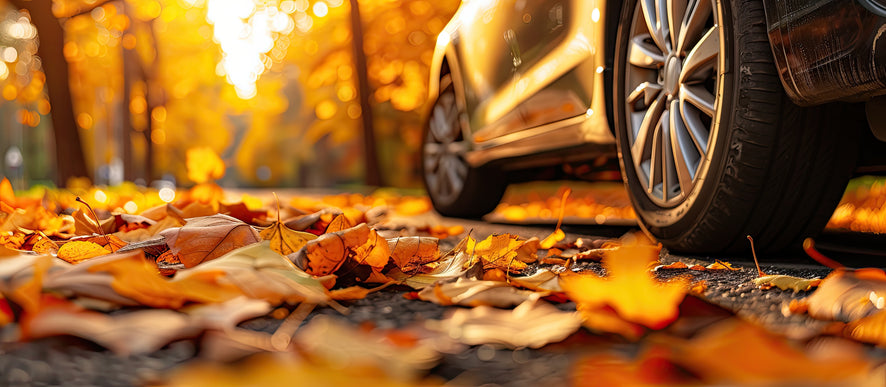
How do you prevent a swaying caravan?
With good preparation you reduce the chance that your caravan will swing. No matter how experienced you are as a driver, sometimes you cannot prevent a swaying caravan. In that case, it helps to be alert and respond appropriately. In this blog we explain how to get a swaying caravan back under control.
Causes of a swaying caravan
The following factors increase the chance that your caravan will sway:
- The caravan catches a crosswind
- Driving too fast
- The caravan does not have proper tire pressure
- Ruts on the road
- Making a sudden steering movement
- Air movement by an oncoming or passing truck
- Turbulence due to an overtaking maneuver in a tunnel
- The caravan is not loaded properly
- Descending a slope
This way you prevent your caravan from swaying
With the tips below you will ensure that your caravan has a stable roadholding, so that you can get on your way to your holiday address.
Put heavy items in the car
A good weight ratio between car and caravan is very important for safe driving. In principle, a heavier car provides more stability. If the car is lighter, you have less control if the caravan starts to sway. Load a caravan up to a maximum of 75% of the total weight of the loaded car: this is the weight of the car itself plus that of all occupants and luggage. Always take the maximum loading capacity of the car and caravan into account. You will find these values on the vehicle registration certificates.
Ensure the correct nose weight
Tow bar pressure is the weight that the caravan exerts on the tow bar via the coupling. This downward force influences the road holding and driving behavior of the car. The car, towbar and caravan each have their own prescribed nose weight. You will find these values in the instruction booklet, the supplied papers and on the type plates. There are both analog and digital devices to measure nose weight.
Luggage in your caravan: what do you put where?
Place heavy luggage as low and close to the axle as possible. Divide the items equally between the left and right sides of the caravan. You can put light luggage such as clothing in the lockers. Do you want to take bicycles with you? Then it is best to place this inside the caravan, preferably above the axle. Please note: the weight distribution affects the nose weight (see above). Is this pressure too high and does the rear of the car collapse too much? Then move the luggage at the front of the caravan more to the center. A low nose weight also increases the risk of swaying. In that case, move some of the luggage to the front of the caravan.
Measure the tire pressure
Finished loading your luggage? Then measure the tire pressure of your caravan and car before you travel. Make sure that all tires have the correct air pressure, this increases the stability of the caravan. Too little air reduces the load-bearing capacity, too much is at the expense of comfort. The correct air pressure is stated on the tires.
Do not drive faster than 90 km per hour
The speed at which you drive has a major influence on the chance that a caravan will sway. In the Netherlands you are not allowed to travel faster than 90 km per hour with a caravan. This is not without reason: with many car-caravan combinations, the road holding stability decreases if you drive faster than 90 km per hour.
Think of a stabilizer link and trailer control
You can reduce the chance of swaying by using a stabilizer link. This means, for example, that you are less affected by air movement by trucks and gusts of wind. Please note: even with a stabilizer you must still load the caravan properly and adhere to the maximum speed. In addition to a stabilizer link, you can also equip a car and caravan with electronic stability systems. These assist the driver with clear signals and ensure automatic braking in case of swaying movements.
What should you do (and what not!) if your caravan swings
Stay calm and reduce your speed. That's the best way to get a swaying caravan under control. Depress your clutch, release the gas and keep your steering wheel straight. Brake when the caravan is almost in a straight line behind the car. Brake hard, but avoid blocking. Do not give extra gas and, more importantly, do not counter-steer. This increases the chance that the pendulum movement will only increase. Check the tire pressure, load and nose weight at the next parking space. And adjust them if necessary.
More blogs about (caravan) tires
Would you like to know more about the correct tire pressure for your caravan? Then take a look at our blog page. Here you will also find information about inflating car tires yourself and the difference between winter and summer tires.
Read more blogs

Runflat banden zijn een slimme oplossing voor autobezitters die meer veiligheid en...
Lees meer
It can happen to any motorist: you get into your car, drive...
Lees meer
A flat tire is very annoying, especially if it is caused by...
Lees meer